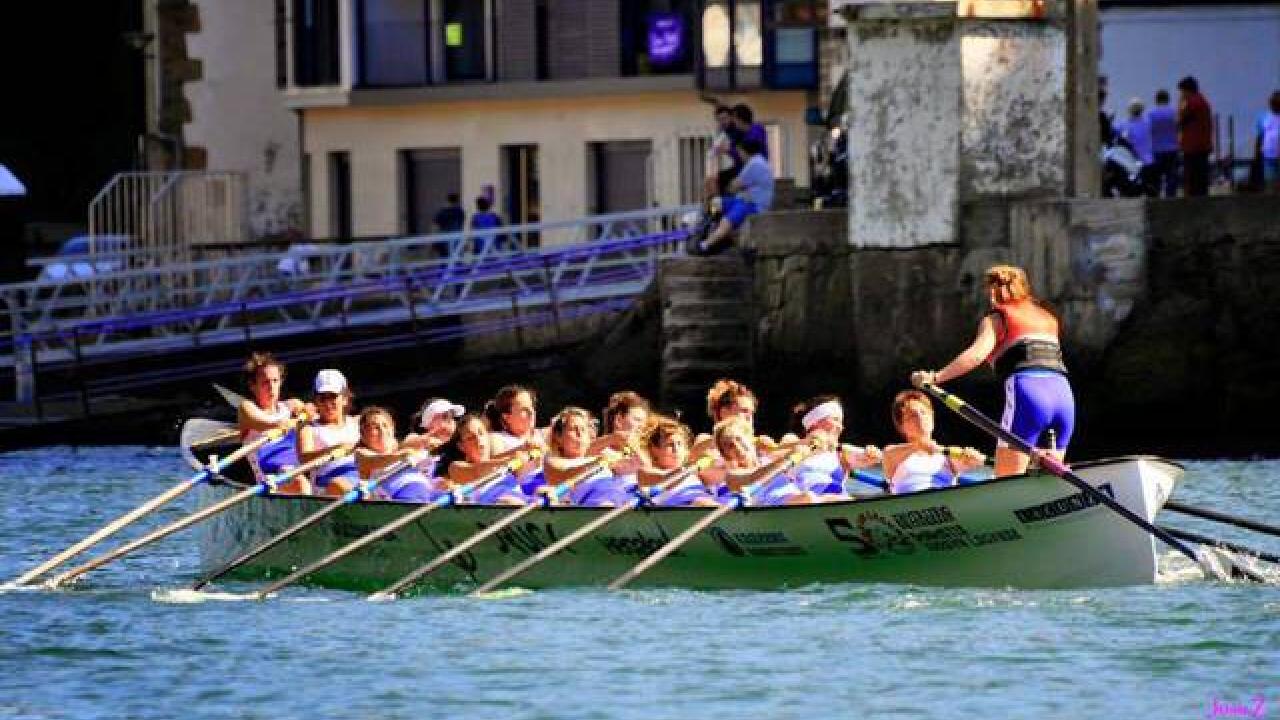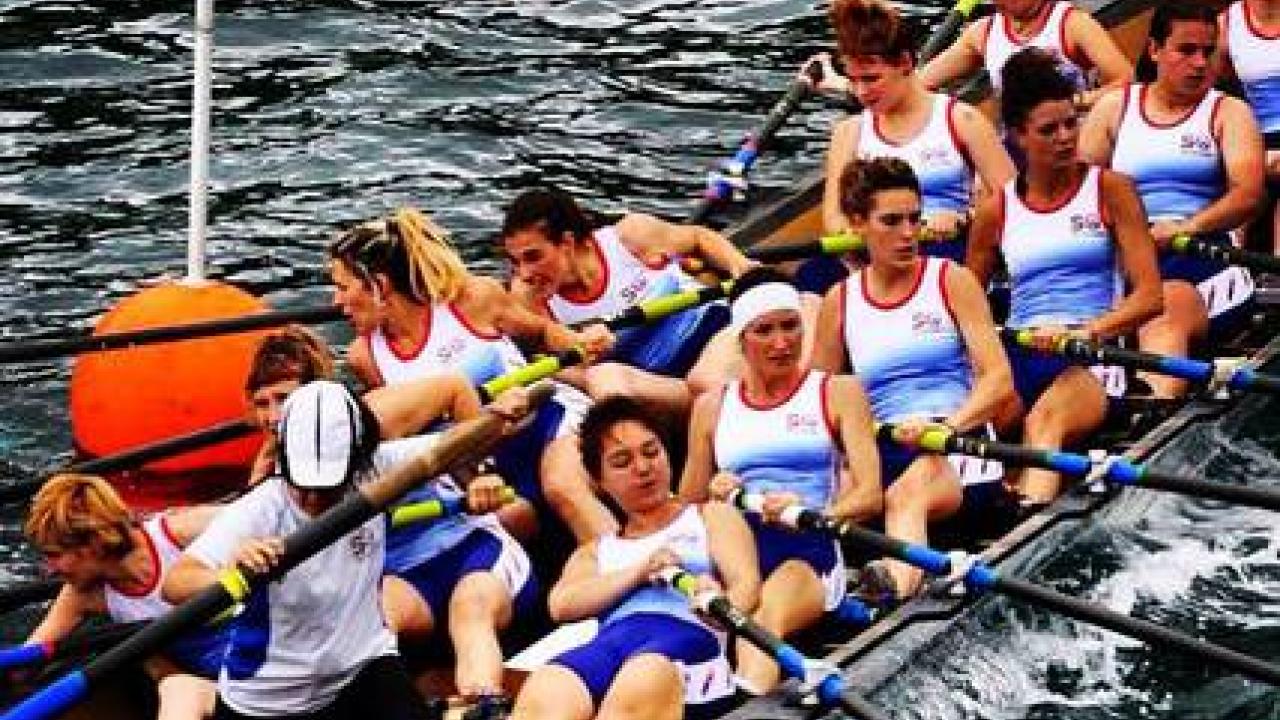Wednesday, July 1, 2015
"Effort, comradeship, sacrifice, hope; we share values with rowing"
A company usually has a series of goals that are established at the start of the year and their achievement depends on its performance. The goals are usually general, a group, but also individual. In any event, it is necessary to work together to achieve them.
It is not the first time that sports and business are linked by specific values. Sometimes it is the company that appropriates the values of sport to promote cohesion in the working groups to improve their performance. But sports teams have also copied structures and ways of working from companies, specialising certain workers in specific tasks, within the group.
At Lander's Commercial Department, thanks to the encouragement of the company's Management, we often take a few moments of the day to think about the similarities that small things or activities around us, such as sports, have with our daily work at the company. All with the aim of using this to help improve our daily work.
One of these activities is rowing. We can learn some valuable lessons from this sport, which will help us to understand why some boats advance more and why others are left behind, and through this, we can draw conclusions about why some companies are successful and why others are not. Let's have a look!
In fixed seat rowing, a boat comprises 13 oarsmen or oarswomen and a coxswain. The vessel can be compared to the resources a company has to advance. The better they are, the lighter, etc., the easier it is to navigate. As the company or team becomes successful, it can invest more resources in order to improve the boats and the installations it has to prepare itself. All this will have an impact on future results.
The vessel is important, but without a good coxswain it is useless! The coxswain is a key figure within
the team. They are, just like in the management of a company, the ones who have to steer the tiller, to maintain the course. A wrong turn, too soon or too late, cause the team to stop, to lose seconds that it may be unable to make up for later. But not only is the tiller their responsibility, but they also have to constantly motivate and encourage the oarsmen and oarswomen to make an effort and correct mistakes that only the coxswain can see from their position. All this with the aim of rowing in sync and getting the best performance out of every team member. The better they do their work, the better prepared the team will be psychologically and technically to row better and advance faster.
Underneath this direction are the 13 oarsmen and oarswomen. Within the vessel, each one of them has their own individual task and they are chosen for each position depending on their individual skills. Some are tasked with maintaining the rhythm of the oar strokes. Others, due to their size and strength are placed in the middle, and the lighter members are at the bow. As we have seen, although each one has their function, one of the most important things for a boat to be the fastest is that the oar strokes are in sync, that the blades all enter and exit the water at the same time following the same stroke. Every thousandth of a second counts, so it is necessary to be self-critical, methodical and above all to think about how one's individual action has an effect on all the others. If everything works, which is no small feat, the team is a winner.
We think that all these details that are so important in rowing are also applicable to the company. We invite you all to think about it. At LANDER we continue to maintain and improve our stroke day by day!


